Growing marijuana in rockwool
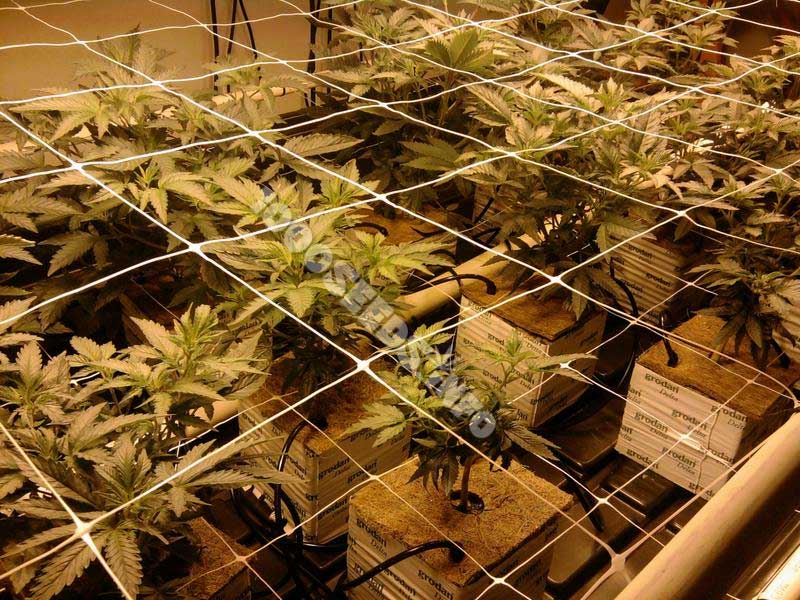
What is rock wool?
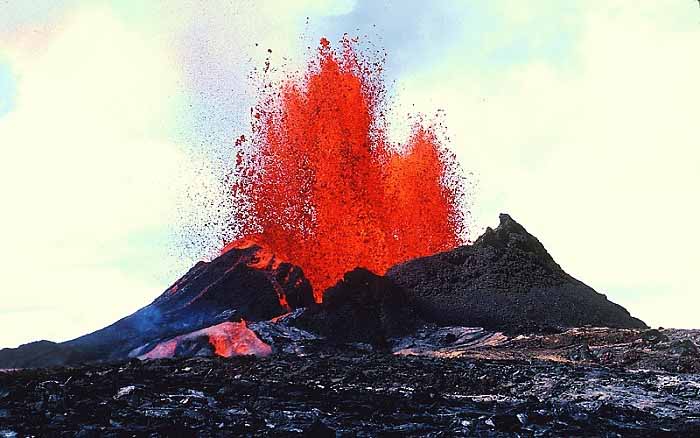
Eruption of a volcano in Hawaii
Rockwool is a natural product that was discovered in Hawaii in the 20th century by observing the natural effect of volcanoes. The Rockwool company in Denmark was the first to bring out rock wool as we know it today.
Rock wool consists of melted and shredded stone. Together, the rock fibres form a stable planting medium. The following types of stone are used for production: Dolomite, basalt, spar or anorthosite. Dry rock wool is extremely light and porous. It has a pore content of 95-97% and 3-5% fibre substance. Therefore, rock wool has an extremely high water absorption capacity of 90%.
Very high temperatures are used in the production of rock wool and the starting material is stone, so this medium does not contain any germs, pathogens, weed seeds or pests and is completely sterile immediately after production. Stone wool is inorganic.
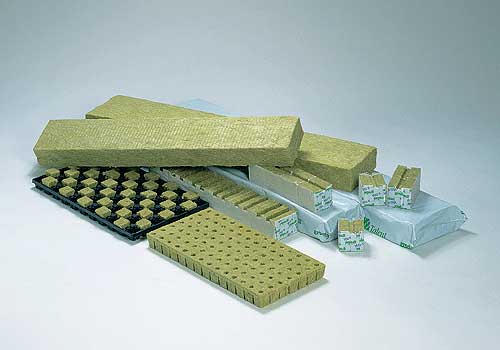
Rock wool is available in a wide variety of designs: as different sized rock wool blocks, as rock wool slabs or as rock wool flakes.
The advantages of rock wool for growing
- the medium is sterile
- Excellent water and air permeability, the roots of the plants are well supplied with oxygen
- Rock wool is much harder to over-water than soil, so fewer watering mistakes can occur with rock wool
- very well suited for cultivation on hydroponic systems
- Very easy to handle: there are rockwool cubes in all sizes and shapes
Pretreat stone wool correctly - Buffer stone wool
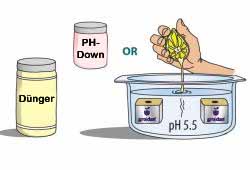
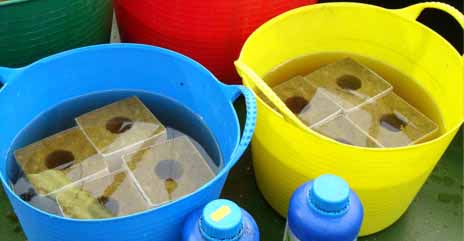
Rockwool is one of those substrates that must be treated before use. In order for the plants to develop well on it, the pH value must first be stabilised. After purchase, the pH value of rock wool is still very alkaline, approx. 7.
The rockwool (whether sheets/slabs or cubes) is first placed for 24 hours in a nutrient solution containing a pH value of 5.5 and a EC value of 0.5-0.6 solution. This pre-treatment is also just right when seeds or cuttings are placed in rockwool. This way you ensure that the little ones get some nourishment right from the start, as unlike soil, the rockwool itself does not contain any nutrients.
The pH value of the rockwool should be 5.5. After 24 hours, measure the pH of the nutrient solution in which you have placed the rockwool. If this is not yet at 5.5, the value should be changed again with pH-Down or PH-Up and soak the rockwool in it again for several hours. Measure again and repeat if necessary until the desired value of 5.5 is reached. The nutrient solution in which the rock wool is soaked is measured.
Germinate cannabis seeds in rockwool
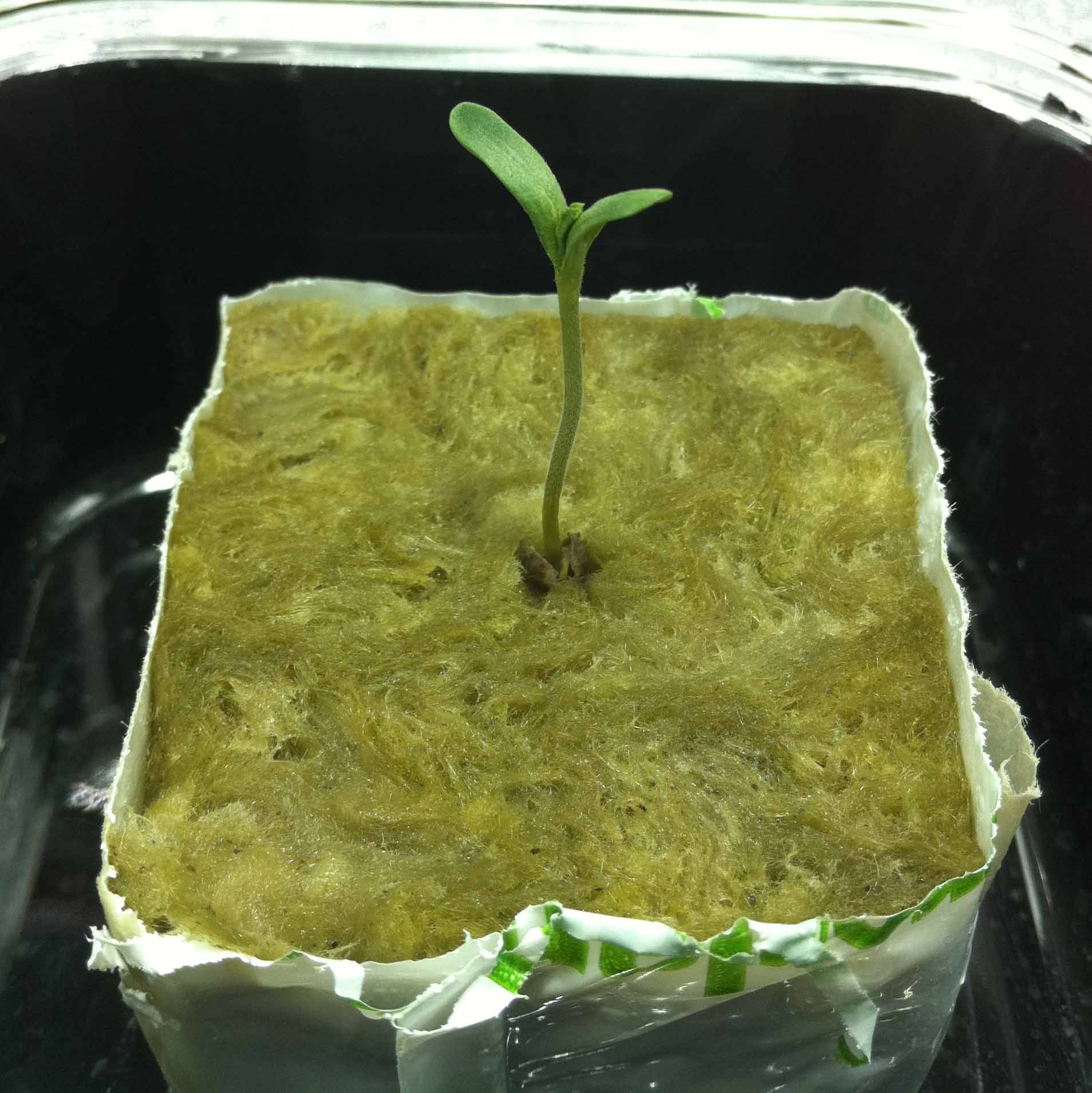
Germination in rock wool
Before the seeds germinate, rockwool cubes are placed in a bowl with a nutrient solution with a pH value of 5.5 for 24 hours. This ensures that the young plants can absorb nutrients ideally.
Now germinate the seeds either in a glass of water or between 2 napkins (see Germinate seeds). As soon as the first radicles are visible, the young seedlings are put into the rockwool cube. Most rockwool cubes have a small hole in the top centre where you can loosely place the seed. Be careful not to break the small root. The rockwool cube should now be kept moist.
For seeds, it is best to use the small rockwool cubes. The small cubes can then be put into the next larger rockwool block when the plants have grown and roots are already peeping out of the block. These fit perfectly into each other.
Making cuttings in rockwool
The procedure for cuttings in rockwool is similar to that for jiffys or coco. The rockwool is stabilised as described above, i.e. brought to a pH value of 5.5. The rockwool cubes should be well squeezed out so that excess water runs off and the stems of the cuttings do not begin to rot (see Stem rot) because it is too wet.
It is best to spray the cubes daily with a hand sprayer as soon as they start to become drier on the surface. This ensures even moisture and encourages and facilitates rooting. Otherwise, proceed with the cuttings in the same way as with Jiffys. When the cutting has rooted its rockwool block, i.e. several larger roots are already protruding from the block, then the cutting can either be placed in the next larger rockwool block or also planted in soil or coco at any time. See also our article: Making cuttings.
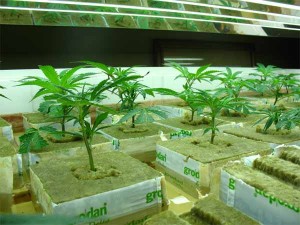
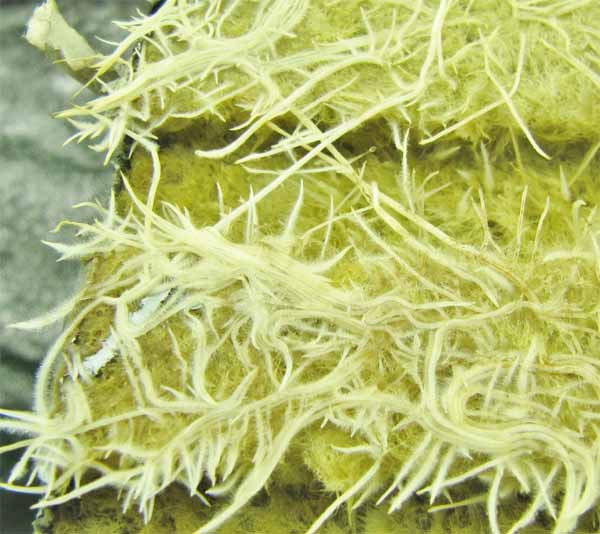
Cuttings can ideally form roots in rock wool blocks
A grow on rock wool
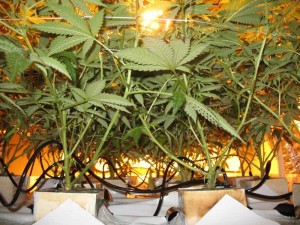
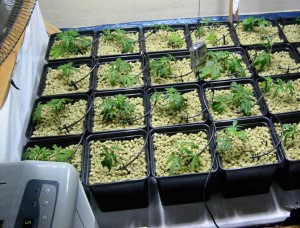
- For a complete grow on rockwool until flowering, the pH value in the first week of the growth phase at 5.5 and the EC value at 0.5-0.6 should be used. Initially in the hydroponic system no more than 2 flushes of 1 minute with a dosage of 60-70ml per plant should be carried out. This favours and stimulates root growth. For watering the plants on rockwool, an automatic watering system or a hydroponic complete system is used. Automatic irrigation systems save a lot of time, are easy to install and ensure good results. In our Hydroponic series you can learn more about the structure of different hydroponic systems and how they work.
- While the pH should be 5.5 until the first week of flowering, it is increased to 5.8-6.0 in the advanced flowering stage.
- From the second week of flowering until the end of the third week of flowering, there are then 3 irrigations daily: the first two 2 minutes, the last 1 minute (pH value 6.0 and EC value 0.8-0.9).
- In the 4th week of flowering until the end of the 5th week of flowering, water 4 times a day. The first and the last watering last 2 minutes each, the remaining two 1 minute each. The waterings should be evenly distributed throughout the day. The EC value in this phase is now 1.0-1.2 (taking into account the respective plant/variety!). The pH value is 6.0.
- In the 6th week of flowering go to 4-6 irrigations daily. The first and last waterings last 2 minutes and the remaining 4 last 1 minute, the EC value is 1. The pH value continues at 6.0.
- In the 7th week of flowering, the number of irrigations is continued as in the 6th week of flowering. In this week, however, the EC value is increased to 1.4-1.6 (depending on the variety and condition of the plants). The pH value is still 6.0.
- In the 8th week of flowering, the plants receive the same irrigation as in the previous week, but the EC value can be increased up to 1.8 depending on the variety and the conditions).
- In the 9th and last week of flowering, watering is done 4x with 2 minutes with a pH of 6.0 and an EC value as low as possible. The plants are thus rinsed so that residues of fertiliser salts in them are removed. For this purpose it is particularly recommended to use CannaFlush or Ripenwhich help with the rinsing and result in a better taste and aroma.
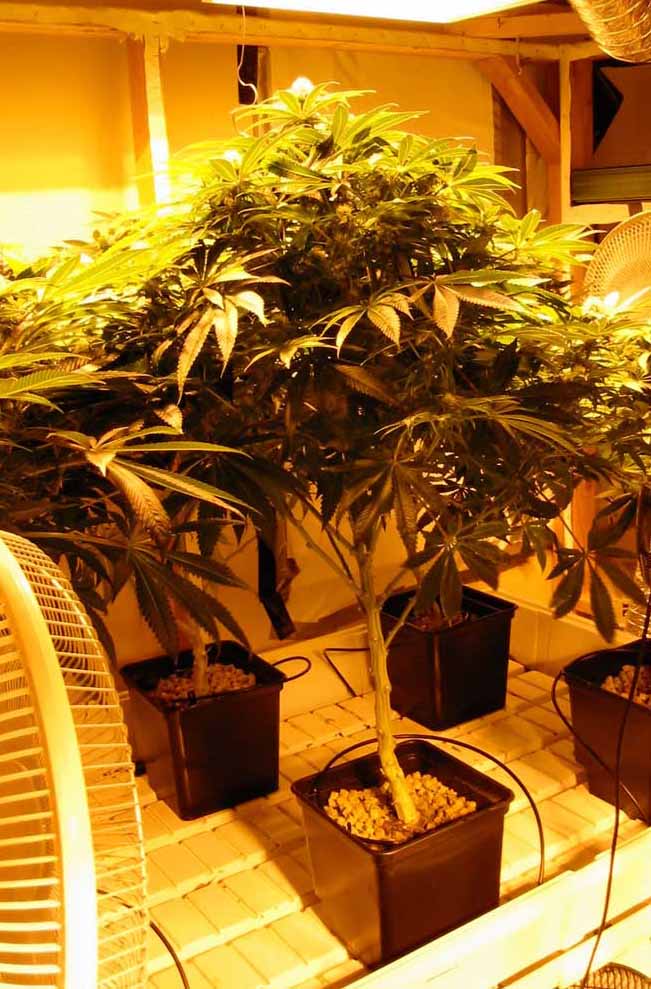
Marijuana hydroponic system with rock wool
Rock wool recycling
Rock wool is not biodegradable, so it does not rot.






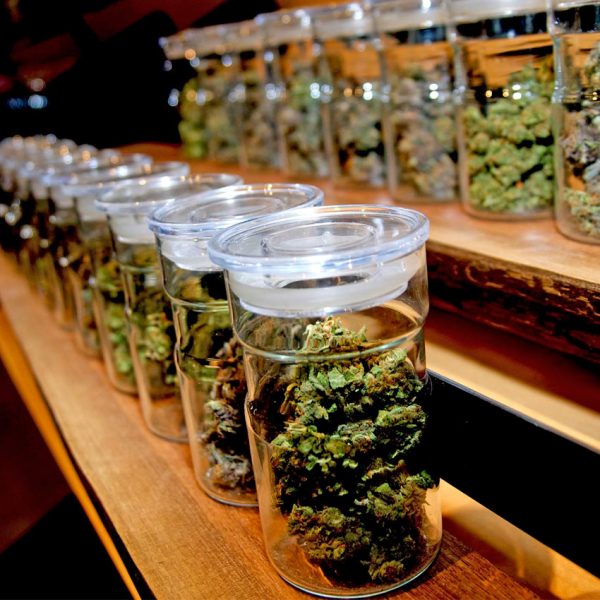
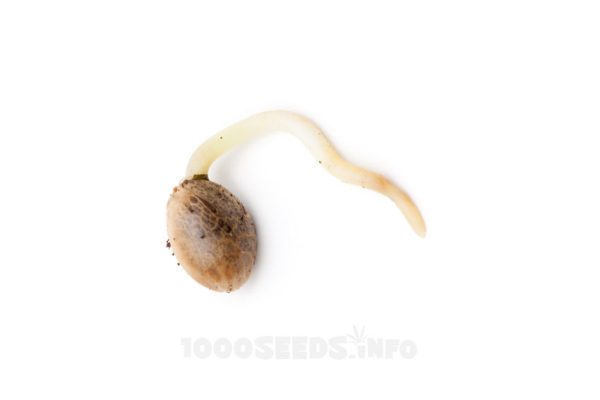
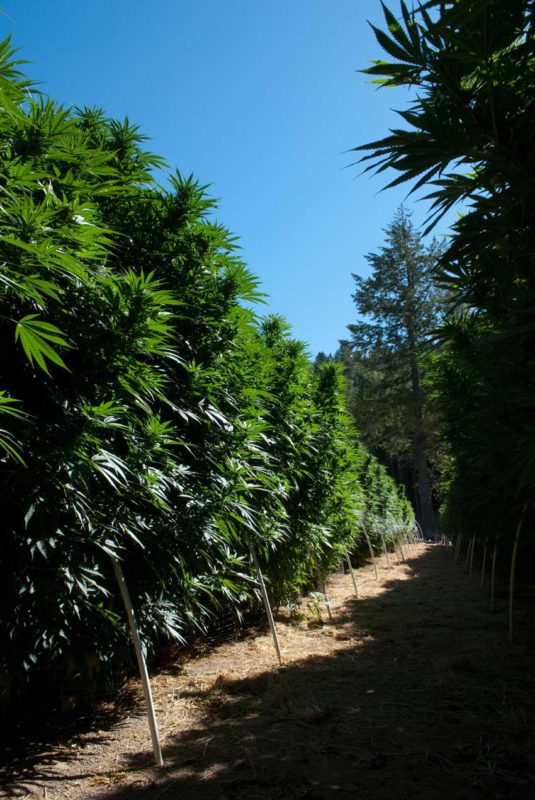
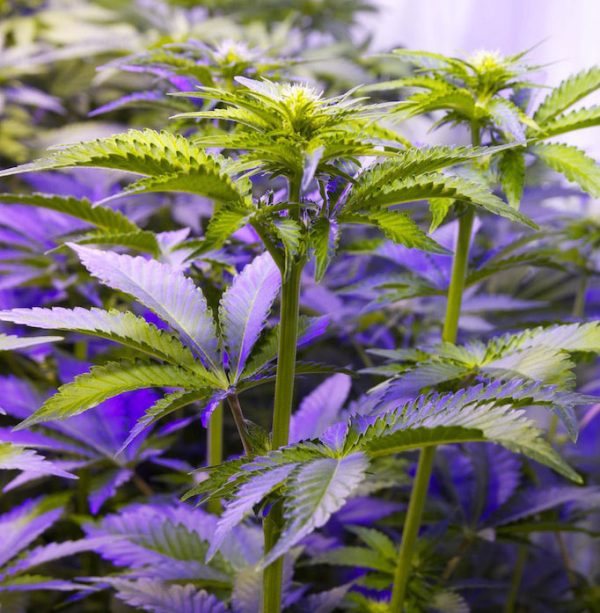
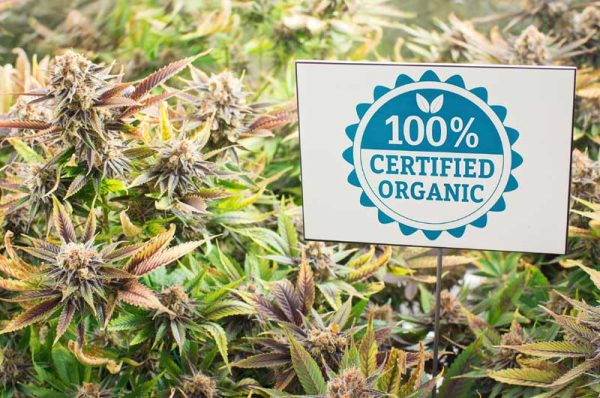
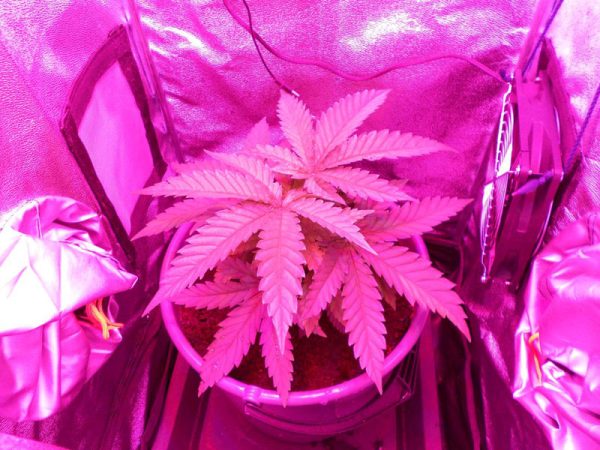
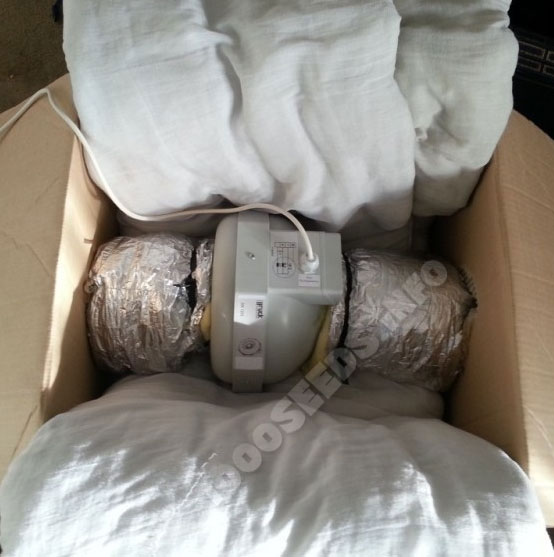
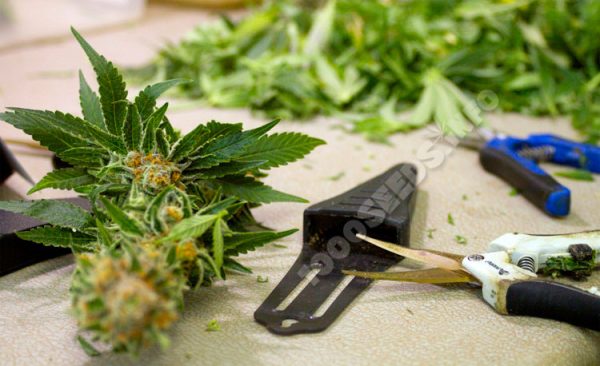
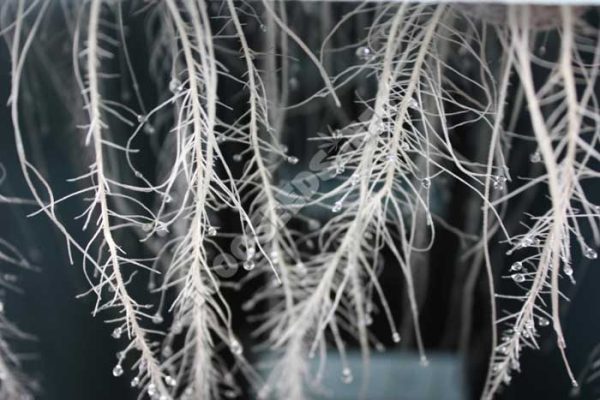
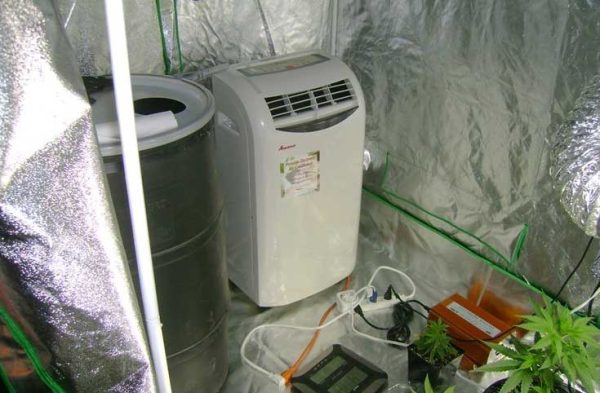

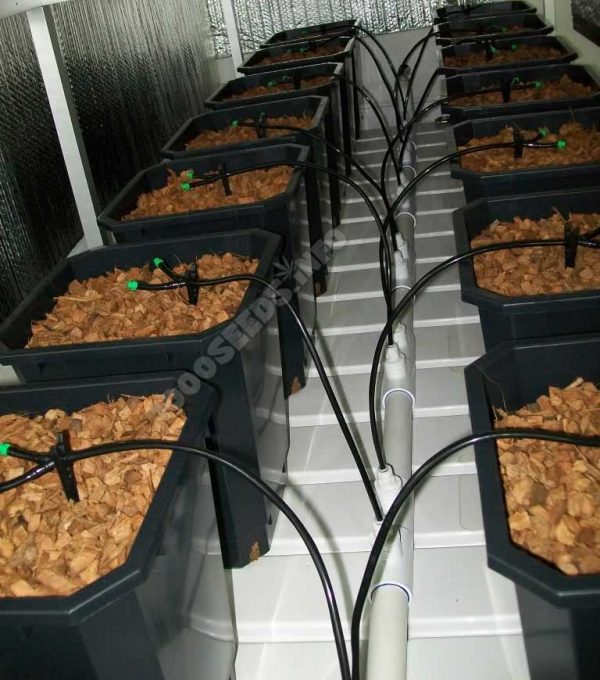
Thanks for the great contribution. I just have a question regarding expanded clay. Do the same EC and PH values apply as for rock wool?